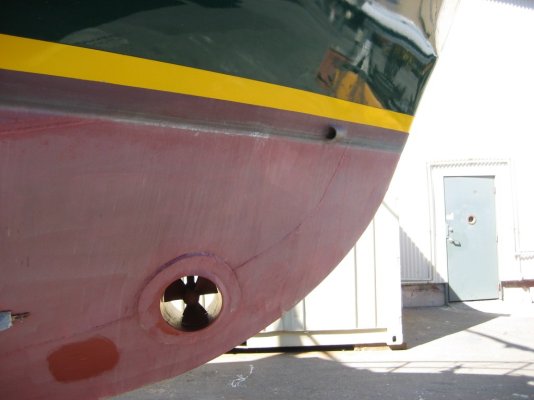Tony B
Guru
- Joined
- Jul 18, 2011
- Messages
- 1,251
- Location
- Cruising/Live-Aboard USA
- Vessel Name
- Serenity
- Vessel Make
- Mainship 36 Dual Cabin -1986
I am not familiar with small boat so please excuse me if I am explaing what might be the obvious.
I have operated only single engine small boats. I have operated larger 100' to 150' boats with anywhere from 2 to 6 engines and*drives. On the commercial 100 - 150' footers, 'walking' the boat is an everyday occurance expecially when* docking or loading/offloading cargo. "Walking' is commonly referrred to as the maneuver in which you make the boat move sideways. Do trawlers in the 40' range walk? and if they do, do they do it well?
Thanks in advance.
I have operated only single engine small boats. I have operated larger 100' to 150' boats with anywhere from 2 to 6 engines and*drives. On the commercial 100 - 150' footers, 'walking' the boat is an everyday occurance expecially when* docking or loading/offloading cargo. "Walking' is commonly referrred to as the maneuver in which you make the boat move sideways. Do trawlers in the 40' range walk? and if they do, do they do it well?
Thanks in advance.

